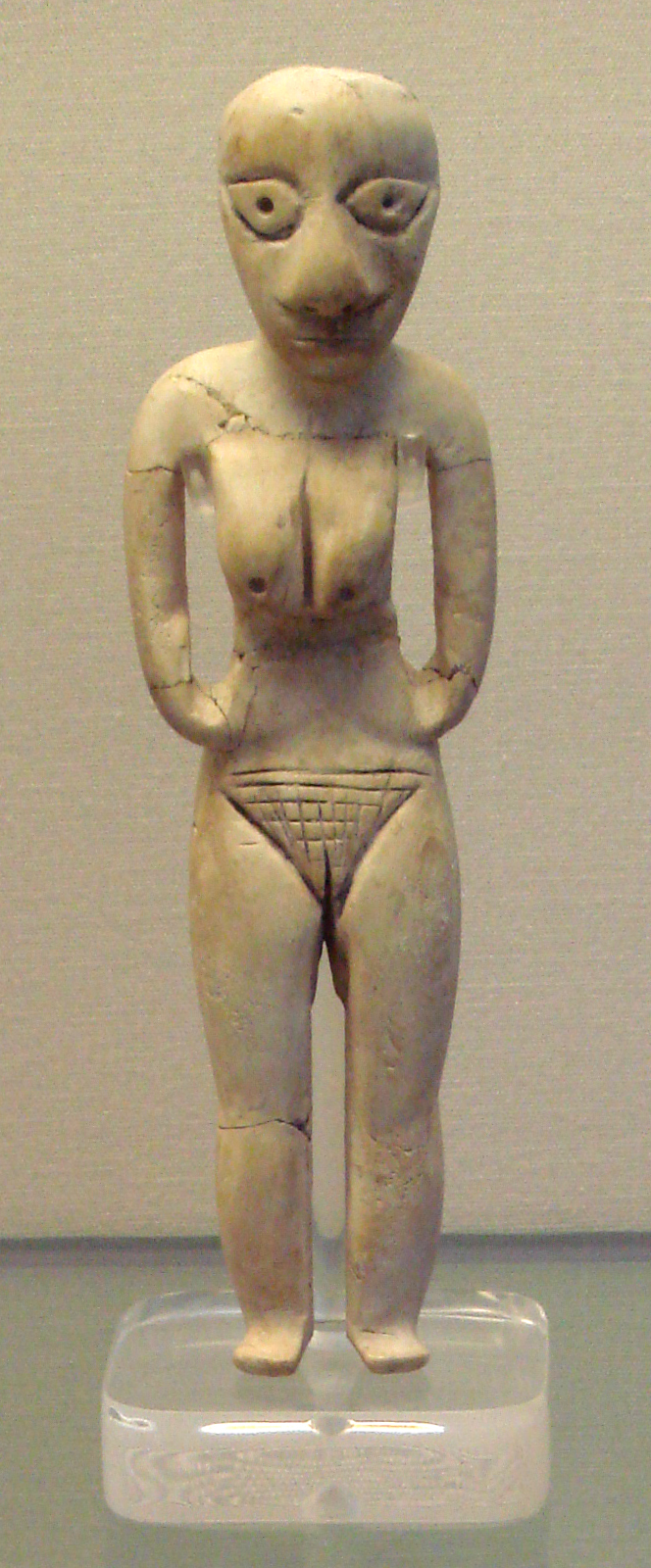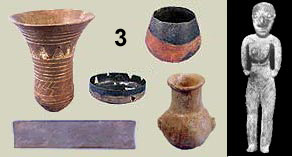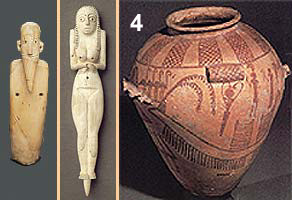Badari culture
The Badari culture was a Neolithic culture in the predynastic Upper Egypt. It existed in the period of about 4500-4000 BC after the expiry of the Merimde culture. The name of this culture from the homonymous village Badari south of Assiut on the east bank of the Nile. Discoveries in these areas testify small villages on the flat desert strip at the edge of the fruit- rich Nile Valley. The people living there practiced agriculture, animal husbandry, hunting and fishing.
Have been studied scientifically the Badarian graves for the first time 1922-1931 by the British archaeologist Guy Brunton and Gertrude Caton- Thompson.
The grave cult
At the edge of their villages they put their dead in oval pits mostly on the left side, in a squatting position and facing west at. They were wrapped in mats and provided with rich offerings. While people in everyday life rather used coarse pottery vessels, they gave their dead with fine ceramic tableware made of red or brown polished sound. Typical of the pottery of the Badari culture was the black border strip which was prepared by a special firing technique. Also characteristic is a ribbed surface that produced by the " combing " the polish. Among the offerings are also carvings of ivory and bone. Also, copper is occasionally to be found in the form of needles and beads. This marked grave cult is first find in the Egyptian culture, and also coined the following epochs.
The expiry of the Badari culture
From the beginning of the fourth millennium BC, the Badari culture was relatively seamlessly into the Naqada culture, which is discussed in the research, whether the Badari culture was only a local variant of the Naqada culture. The funeral rites were largely adopted.










